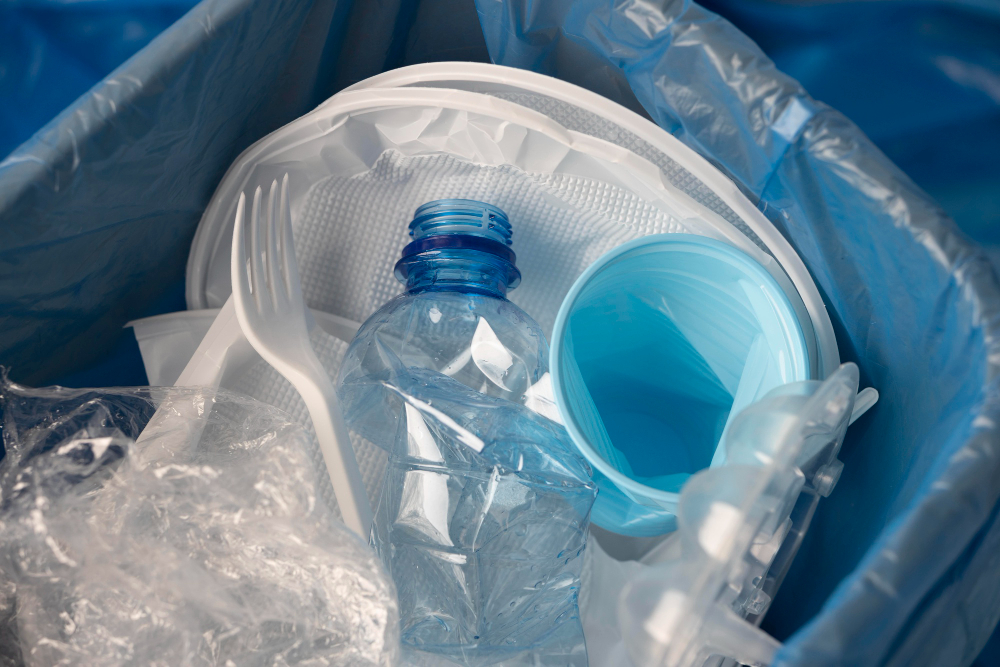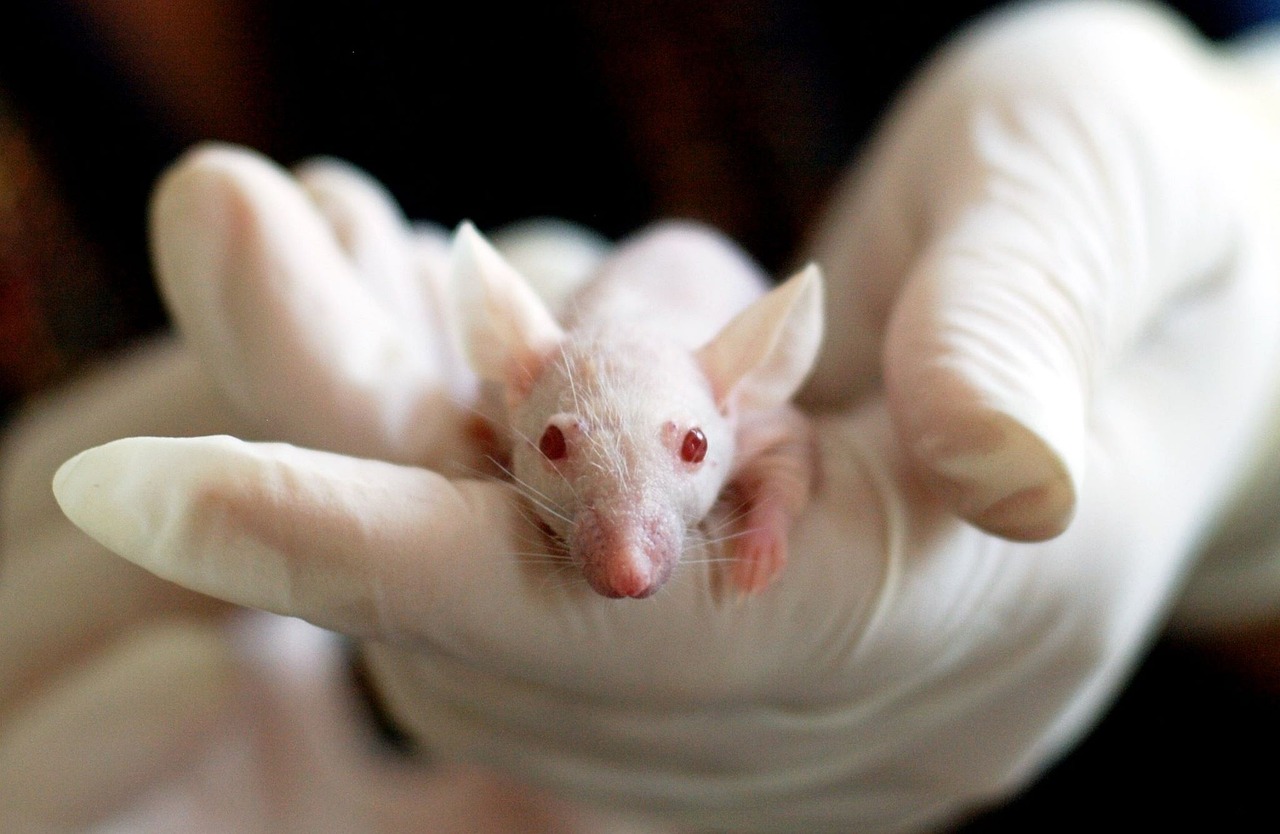Link found between headache diagnoses and suicide attempts
Results from a cohort study of more than 100,000 people reveal the strong and persistent association of headache diagnoses with attempted and completed suicide. The authors suggest that behavioural health assessment and treatment may be important for these patients. The paper is published today in the journal JAMA Neurology.









